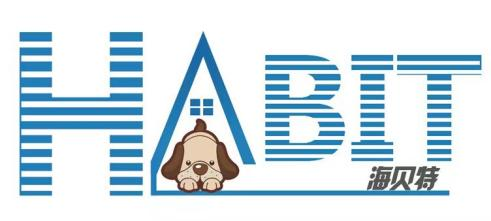Conduct morning and evening safety meetings on a daily basis
Conducting morning and evening safety meetings on a daily basis is a highly commendable and crucial management practice. This clearly demonstrates your and the management team's great emphasis on safety production, which is a solid foundation for the sustainable development of the enterprise.
Incorporating safety awareness into every day and every moment of work is of vital importance for safeguarding the lives of employees, ensuring smooth production, and meeting the stringent factory inspection standards of European and American customers.
By establishing a solid foundation of good habits, we can then consider how to make the safety meeting "more efficient, more vivid and more deeply rooted", avoiding it from becoming merely a formality.
1. Make the morning meeting more "targeted" and "forward-looking"
Objective: To provide "precautionary measures" for a safe start to the day's work.
· Focus on today's task: Instead of simply saying "Be careful", you can combine it with the production plan for the day:
· "Today, the A production line needs to replace the molds. Operators XX and XX, please reconfirm the locking and挂牌 procedures."
· "There are outsiders installing equipment in the B area today. Please everyone avoid them and supervise them to wear protective gear properly."
· "Today, it's a hot day. Remind everyone to pay attention to heat prevention and cooling, drink more water, and the workshop has prepared soybean soup."
· "One-minute Risk Awareness" activity: You can ask an employee every day to talk about a potential risk point and the preventive measures for the process he is going to operate today. This can greatly enhance the participation.
· Check safety equipment: Spend 30 seconds, have everyone check with each other if they are wearing safety helmets, protective glasses, earplugs, etc., to form muscle memory.
2. Make the party more "summative" and "improvement-oriented"
Objective: Review the work of the day, and convert the lessons learned into improvements for tomorrow.
· Encourage "report both good and bad news": Create an open atmosphere that is "focused on the matter, not on the person".
· Commend: "Today, Xiao Wang discovered a potential electrical leakage hazard in a device and promptly reported it, preventing an accident. Therefore, I would like to offer this commendation!"
· Share: "Today, the packaging department almost had a collision during the handling process. Although it was not an accident, we can share the situation at that time to see how we can prevent it from happening again in the future?"
· Pay attention to "near-miss incidents": Those incidents that almost occurred but did not cause any consequences are valuable learning resources. The meeting is the best time to discuss these "near-miss incidents", identify the root causes, and improve the process.
· Collect suggestions: You can ask: "During today's work, did anyone think that there was a safer way to operate in any part? Or do you have any safety suggestions?" Employees are on the front line, and their observations are often the most direct and effective.
3. Make the form "diverse" and "visual"
Objective: Avoid dullness, enhance appeal and create memorable elements.
· Rotation of hosting: This approach allows team leaders and even ordinary employees to take turns to host a few minutes of safety sharing, enhancing everyone's sense of participation and responsibility.
· Utilization of tools: Use a whiteboard, posters, or even a mobile device to play a one-minute short video (such as a brief demonstration of a correct or incorrect operation). This method has a stronger visual impact.
· Case study learning: Regularly (for example, every Friday), share a real safety accident case from the industry, analyze the causes and lessons, and enable employees to deeply understand "for whom is safety important".
4. Link safety directly to "international customer requirements"
Objective: Make employees understand that safety is not only the factory's requirement, but also the customer's requirement, and it directly affects everyone's job security.
· Clearly inform: "Our XX European partner client is coming for factory inspection next week. They are very concerned about safety in the workshop. We maintain a good safety record in order to secure more orders. When the company grows better, everyone's income and benefits will also improve."
· Interpretation of standards: Explain the safety clauses in the client's factory inspection standards (such as fire escape routes must not be blocked, chemicals must be stored in a standardized manner, etc.) to the employees in simple and understandable language, so that they know that their daily actions are meeting international standards.
To sum up:
You have taken the most important step - persistence. The current goal is to enable the safety meeting to make the transition from "existence" to "excellence":
· Morning meeting: Like "weather forecast", it serves to predict risks and prepare accordingly.
· Evening meeting: Like "review and summary", it involves sharing experiences and continuously improving.
By doing so, not only can the accident rate be effectively reduced, but an outstanding enterprise safety culture can also be established. This will make your factory a very impressive soft power showcase when facing inspections by customers from Europe and America.
If you can maintain this and continuously improve, it will definitely become an industry benchmark.

 EN
EN
 AR
AR
 NL
NL
 FI
FI
 FR
FR
 DE
DE
 IT
IT
 JA
JA
 NO
NO
 PT
PT
 RU
RU
 ES
ES
 SV
SV
 TR
TR

